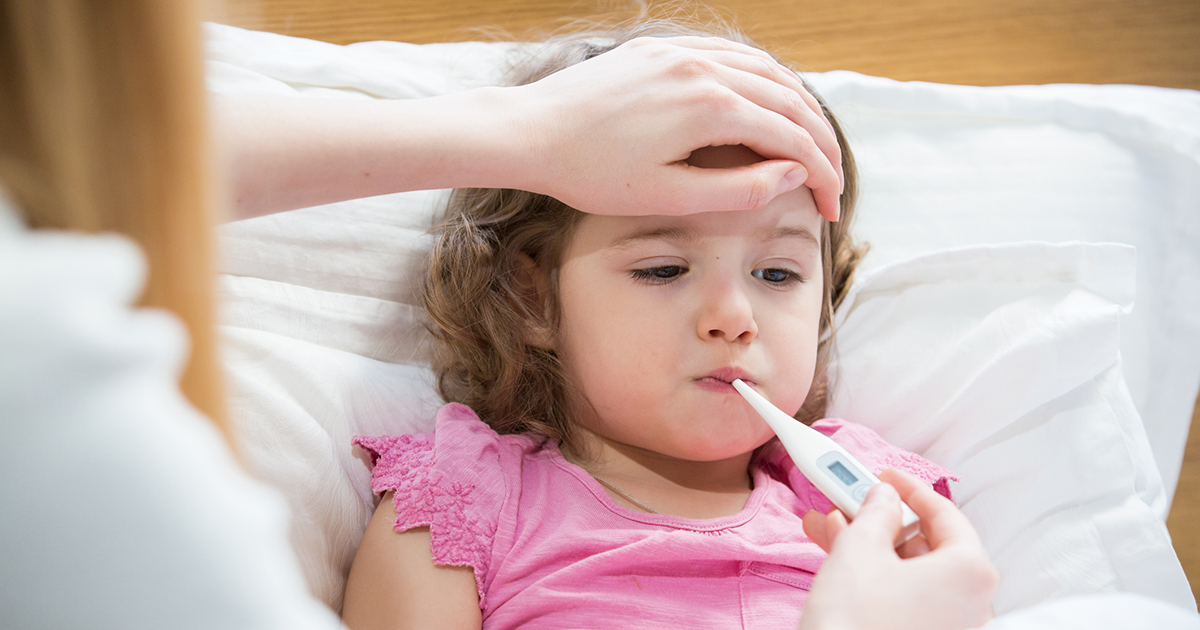Symptoms Of Croup To Watch Out For
Croup is a type of viral infection that is very common among children under five. This illness causes a child's airways to swell, making it difficult for them to breathe. In most cases, croup can be treated at home without any lasting effects. However, it can occasionally be so severe that it becomes potentially fatal. Doctors typically advise parents visit the emergency room if they notice their child is struggling to breathe or has a dangerously high fever. Parents should always make sure to keep a watchful eye out for these five dangerous symptoms of croup.
Fever

A fever is definitely a reason to be concerned if your child has croup, but this does not mean you need to panic any time their temperature goes above the average of 98.6 degrees Fahrenheit. This is only an average temperature, so it is possible for your child's temperature to fluctuate a little bit now and then. You do, however, need to become concerned once it goes above 99.5. The American Academy of Pediatrics suggests you call your baby's doctor if they are under three months old and have a temperature of 100.4 degrees Fahrenheit or more. Older infants between three to six months need medical attention if their temperature goes to 101 degrees Fahrenheit or higher. After six months, any temperature of 103 degrees Fahrenheit or higher is a sign of concern. Though rare, an infant with croup can have a high enough temperature to be in danger. Also, seek medical attention if the heightened temperature lasts for more than forty-eight hours.
Continue for more symptoms of croup to always watch out for.
Common Cold Symptoms

Croup is technically caused by the same family of viruses as what causes the common cold. However, croup is much worse than a typical cold because children's immune systems are still not strong enough to fight it off. Though you do not need to get concerned as soon as your child starts exhibiting common cold symptoms, start monitoring them for other problematic signs of croup if they start seeming like they have a cold. In younger children, detecting cold symptoms can be difficult because they may not be able to tell you about the problem. Be on the lookout for a stuffy nose, a runny nose, constant fussiness, and a refusal to eat. Older toddlers may tell you their head hurts or complain about being tired.
Keep reading for more information on croup symptoms.
